My Near Death Experience
Air Facts
APRIL 29, 2024
A pit stop at North Myrtle Beach, South Carolina (KCRE) was planned, and after a weather briefing, I filed an IFR flight plan. KCPC was reporting IFR conditions with a 700’ ceiling and one mile visibility. I requested a descent from 6,000’ down to 4,000’ and was denied due to traffic. Was this rule being broken?



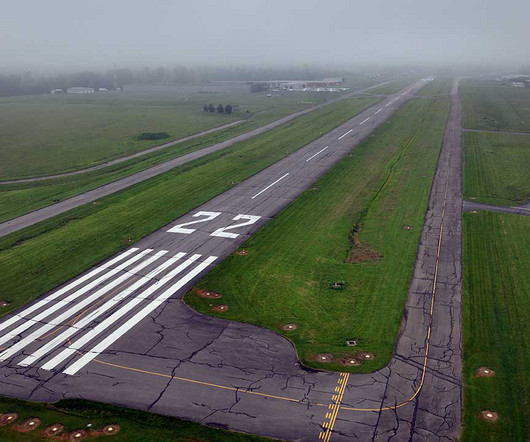

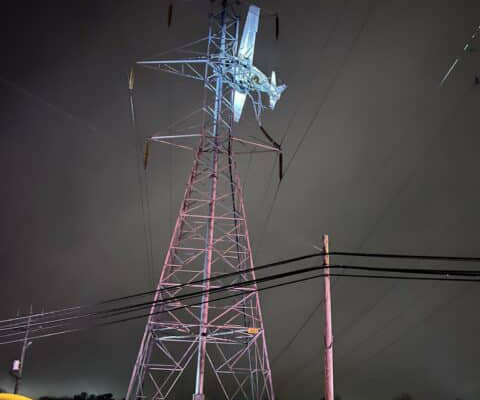




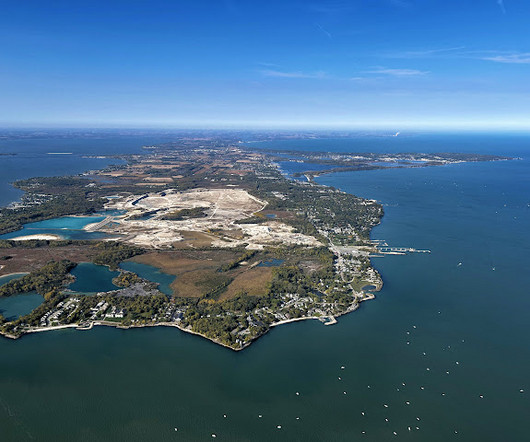

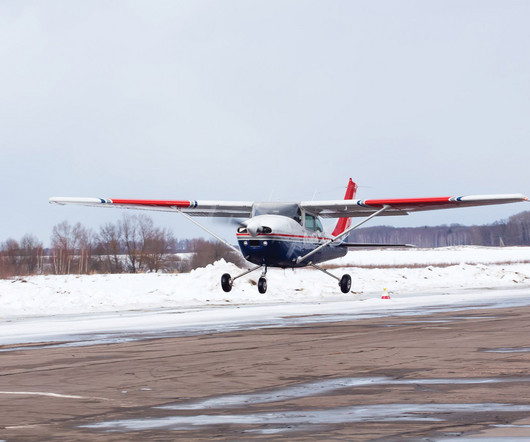
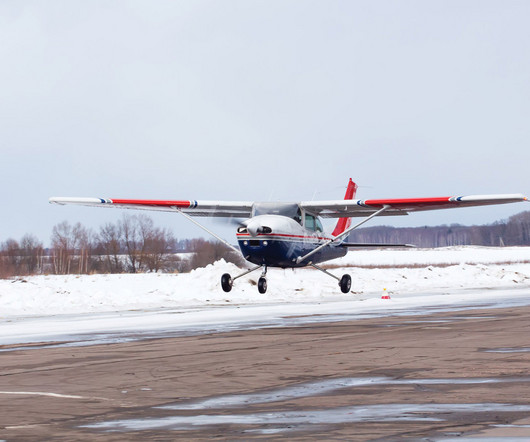







Let's personalize your content